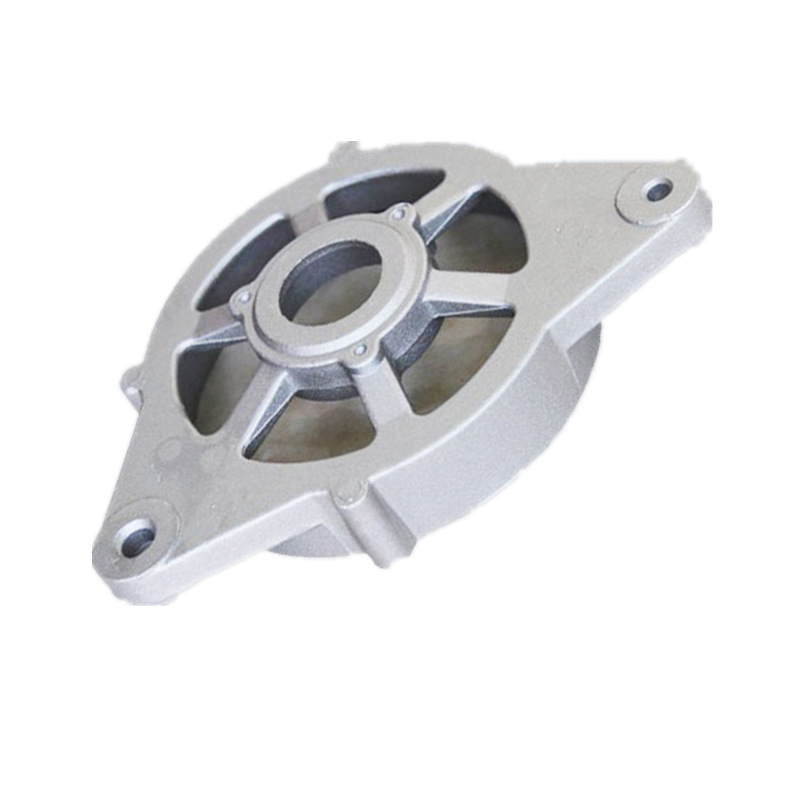What Are the Labor Requirements for Sheet Metal Auto Parts Manufacturing?
2024-10-22

What are the benefits of using sheet metal for auto parts?
Sheet metal is a popular material in the automotive industry due to its various benefits. It is lightweight, durable, and can be easily formed to create complex shapes and designs. Sheet metal auto parts are also highly versatile and can be used in a range of automotive applications such as body panels and structural components.
How are sheet metal auto parts manufactured?
Sheet metal auto parts are typically manufactured through a process known as sheet metal fabrication. This process involves cutting, bending, and welding thin sheets of metal to create complex shapes and designs. The fabrication process is highly specialized and requires skilled workers and specialized equipment to execute effectively.
What are the labor requirements for sheet metal auto parts manufacturing?
The labor requirements for sheet metal auto parts manufacturing depend on the complexity of the parts being produced and the scale of the manufacturing operation. Generally, the process requires skilled workers such as fabricators, welders, and quality control inspectors. The manufacturing operation can also benefit from having engineers, designers, and project managers to oversee the entire process.
What factors affect the cost of sheet metal auto parts?
The cost of sheet metal auto parts can be affected by various factors such as the complexity of the design, the type of metal used, and the scale of the manufacturing operation. Other factors such as labor costs, transportation costs, and material costs can also impact the overall cost of producing sheet metal auto parts.
What are the quality control measures used in sheet metal auto parts manufacturing?
The quality control measures used in sheet metal auto parts manufacturing are essential in ensuring that the final product meets the required standards. Quality control measures can include visual inspections, dimensional inspections, destructive and non-destructive testing, and statistical process control.
In summary, sheet metal auto parts are a critical component in auto manufacturing. They are essential for the structural integrity of a vehicle and provide an aesthetic appeal to the final product. The labor requirements for sheet metal auto part manufacturing depend on the complexity of the parts being produced and the scale of the manufacturing operation. Sheet metal auto parts are highly versatile and can be used in a range of automotive applications, making it a popular choice in the industry.
Xiamen Huaner Technology Co., Ltd is a leading sheet metal auto parts manufacturer, providing high-quality products across the globe. With state-of-the-art equipment and a highly skilled workforce, we produce top-quality sheet metal auto parts at affordable prices. Contact us at amanda@huanertech.com for more information.
Scientific Research Papers
1. David, J. S., & Wang, L. (2015). The impact of body-panel materials on the thermal performance of automotive vehicles. Energy, 90, 171-179.
2. Kim, Y. J., Yoon, C. H., & Kwon, Y. H. (2019). A novel approach for the prediction of formability in sheet metal forming using deep neural networks. International Journal of Mechanical Sciences, 154, 177-90.
3. Guo, Y., Li, Z., & Wang, Q. (2020). Research on forming limit of extra-deep drawing of sheet metal based on theoretical analysis. International Journal of Advanced Manufacturing Technology, 107(7-8), 3227-3235.
4. Lin, Y. C., & Lin, C. W. (2018). A Comparative Study of Surface Quality of Sheet Metal Machining with Pulsed and Continuous Wave Fiber Laser. Journal of the Chinese Society of Mechanical Engineers, 39(4), 351-358.
5. Khalaj, G., Pandey, P. C., & Reddy, N. V. (2019). On cyclic plastic deformation and fatigue properties of sheet metals: Effects of pre-straining and electroplating. International Journal of Fatigue, 120, 304-312.
6. Zhang, Y., Wang, F., & Gao, J. (2021). Process-structure-performance relationship of powder-bed-fused Hastelloy C276 superalloy for sheet metal industry. Journal of Materials Processing Technology, 294, 116834.
7. Wang, L., Zhang, S., & Ding, W. (2015). Effect of heating temperature on microstructure and mechanical properties of dual phase steel for automotive sheet metal. Journal of Materials Engineering and Performance, 24(6), 2294-2299.
8. Koohmareh, M., & Beltran, M. (2017). A hybrid model for predicting springback of sheet metal in U-shape bending. Journal of Intelligent Manufacturing, 28(7), 1649-1662.
9. Kang, J. B., Lee, J. W., & Kim, D. (2018). Analysis of friction coefficient in sheet metal forming for estimating formability of advanced high-strength steel. International Journal of Precision Engineering and Manufacturing-Green Technology, 5(3), 447-455.
10. Liu, X., Jones, D. A., & Wang, Y. (2019). The influence of sheet thickness on titanium alloy formability at elevated temperature. Journal of Materials Processing Technology, 271, 275-289.



